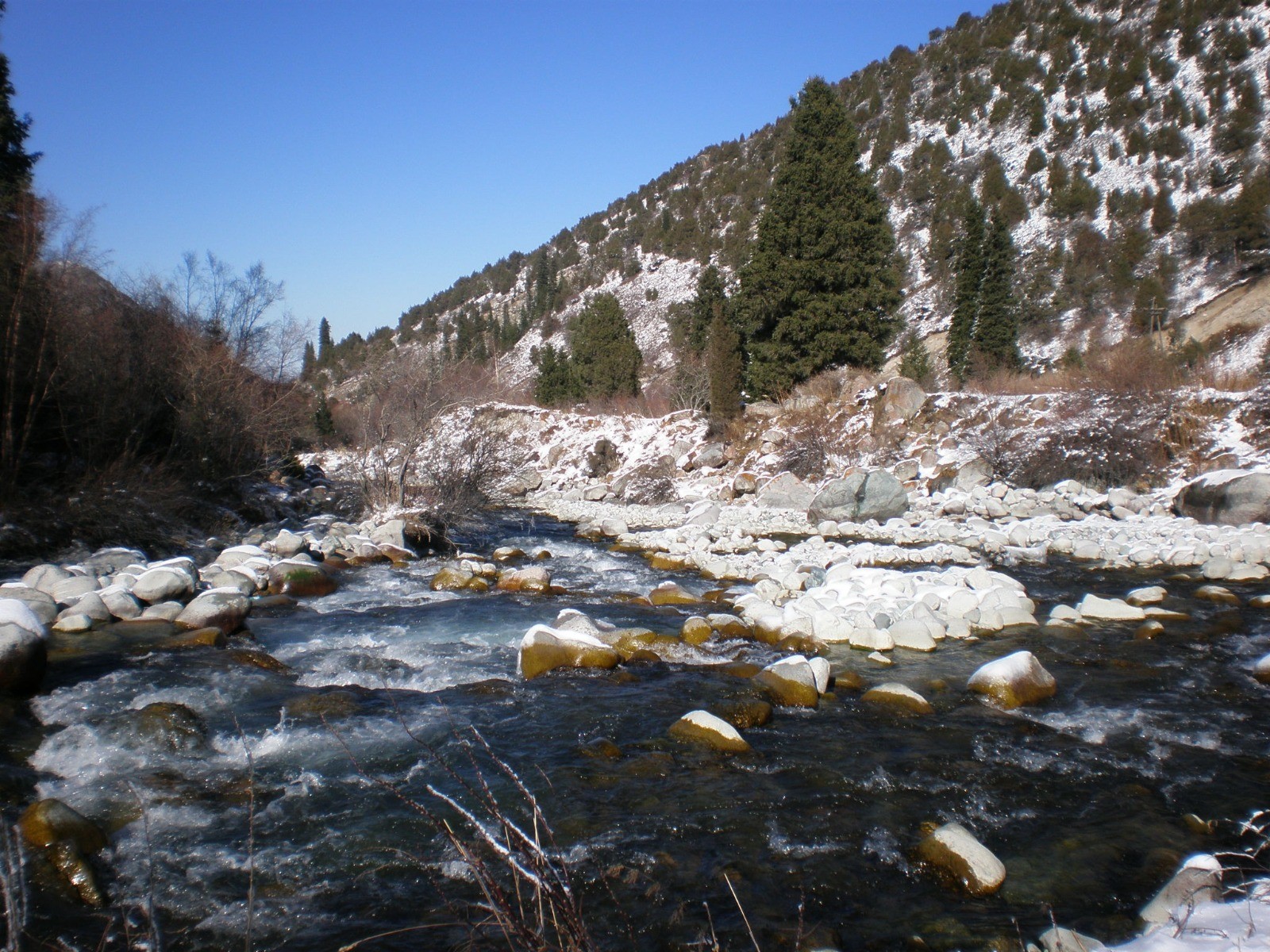Kyrgyzstan's dedication to environmental preservation and sustainable development reached a pivotal moment as stakeholders convened to discuss the establishment of a Conservation Trust Fund (CTF), UNDP Kyrgyzstan reported. Hosted by the United Nations Development Programme (UNDP), the round table aimed to explore innovative financing mechanisms to safeguard the nation’s rich biodiversity and fragile ecosystems.

The proposed CTF represents a stride towards advancing green transition, climate resilience, and biodiversity conservation, in alignment with international environmental and development objectives. It seeks to protect mountain ecosystems, promote sustainable livelihoods, and foster the development of protected areas for a resilient ecological future in Kyrgyzstan.
Renowned for its unique biodiversity and critical role in regional and global ecological systems, Kyrgyzstan covers less than 0.13% of the world's land but harbors approximately 1% of all known species. However, unsustainable land use, habitat loss, and inadequate water management pose significant threats to its biodiversity. The CTF aims to address these challenges by mobilizing resources from diverse stakeholders to support conservation initiatives, research programs, and sustainable development projects.
The gathering brought together key stakeholders, including government agencies, UN bodies, diplomatic missions, international organizations, financial institutions, and environmental agencies. The objective was to foster dialogue on utilizing the UN Multi-Partner Trust Fund (MPTF) mechanism as a platform for establishing the CTF, ensuring transparent and accountable fund management.

The round table introduced the concept of the CTF, solicited feedback, and explored partnership and coordination opportunities for its establishment and operationalization. These efforts underscore Kyrgyzstan's and its partners' commitment to transparent, accountable, and sustainable fund management for environmental conservation and sustainable development.
Kubat Kaseyinov, Deputy Minister of Natural Resources, Ecology, and Technical Supervision, emphasized the collaborative efforts required to achieve environmental sustainability, stating,
"The Conservation Trust Fund represents a major step towards securing the future of Kyrgyzstan's natural heritage."
Key objectives of the CTF include promoting sustainable land use practices, enhancing the resilience of mountain ecosystems to climate change, empowering local communities, and raising awareness about the importance of biodiversity conservation. Through research, innovation, and knowledge exchange, the CTF aims to inform evidence-based conservation practices and foster international collaboration.

Ivana Živković, UN Assistant Secretary-General, UNDP Assistant Administrator and Regional Director for Europe and Central Asia, highlighted UNDP's commitment to environmental stewardship and sustainable development.
"By leveraging the expertise and global reach of the UN system, the CTF will contribute to the long-term sustainability of unique biodiversity and ecosystems of Kyrgyzstan," Ivana Živković voiced.
The suggested CTF is in harmony with the national objectives delineated in the Kyrgyzstan Biodiversity Finance Plan, National Biodiversity Strategy and Action Plan, revised Nationally Determined Contributions, and Mountain Roadmap. Supported by UNDP, detailed technical and legal analyses have been conducted to explore various options for establishing the CTF.
The proposed Conservation Trust Fund (CTF) serves as a financial strategy intended to back conservation efforts, research endeavors, and sustainable development projects within Kyrgyzstan. Through the pooling of resources from public, private, and donor channels, the CTF endeavors to protect the country's biodiversity and advance environmental sustainability for the benefit of future generations.

Biodiversity and Ecosystems in Kyrgyzstan
Kyrgyzstan is grappling with biodiversity loss across various ecosystems, notably in foothill vegetation complexes, riparian zones within the Chui Valley, and the sub-plain communities of the Fergana Valley foothills, all of which have undergone considerable transformations due to human activities. This loss extends to a concerning number of endangered species, encompassing birds, mammals, amphibians, reptiles, fish, arthropods, plants, and fungi, with some species vanishing entirely due to human influence, particularly in key sectors such as livestock farming and forestry.
The country heavily relies on natural grasslands for livestock feed, underscoring the critical importance of conserving these habitats, alongside the unique and biodiverse forests covering a relatively small fraction of the land area. However, these forests, including walnut and spruce-fir ecosystems, face various threats, including illegal logging and encroachment. Moreover, human activities like overgrazing, expansion of settlements, and mining operations, particularly opencast mining for gold and uranium, continue to exert significant pressure on biodiversity across Kyrgyzstan.
Recognizing these challenges, Kyrgyzstan has outlined comprehensive biodiversity conservation priorities for the 2014-2024 period, aiming to integrate conservation efforts into state policies and promote sustainability. Nonetheless, significant challenges persist, including inadequate funding and legislative gaps. Kyrgyzstan actively engages in international agreements for environmental protection and participates in initiatives such as the Nagoya Protocol, signifying its commitment to global conservation efforts. While mechanisms for monitoring and reviewing biodiversity conservation initiatives are currently lacking, ongoing efforts, especially under the new National Biodiversity Strategy and Action Plan, are underway to address this crucial aspect of conservation management.
Follow Daryo's official Instagram and Twitter pages to keep current on world news.
Comments (0)